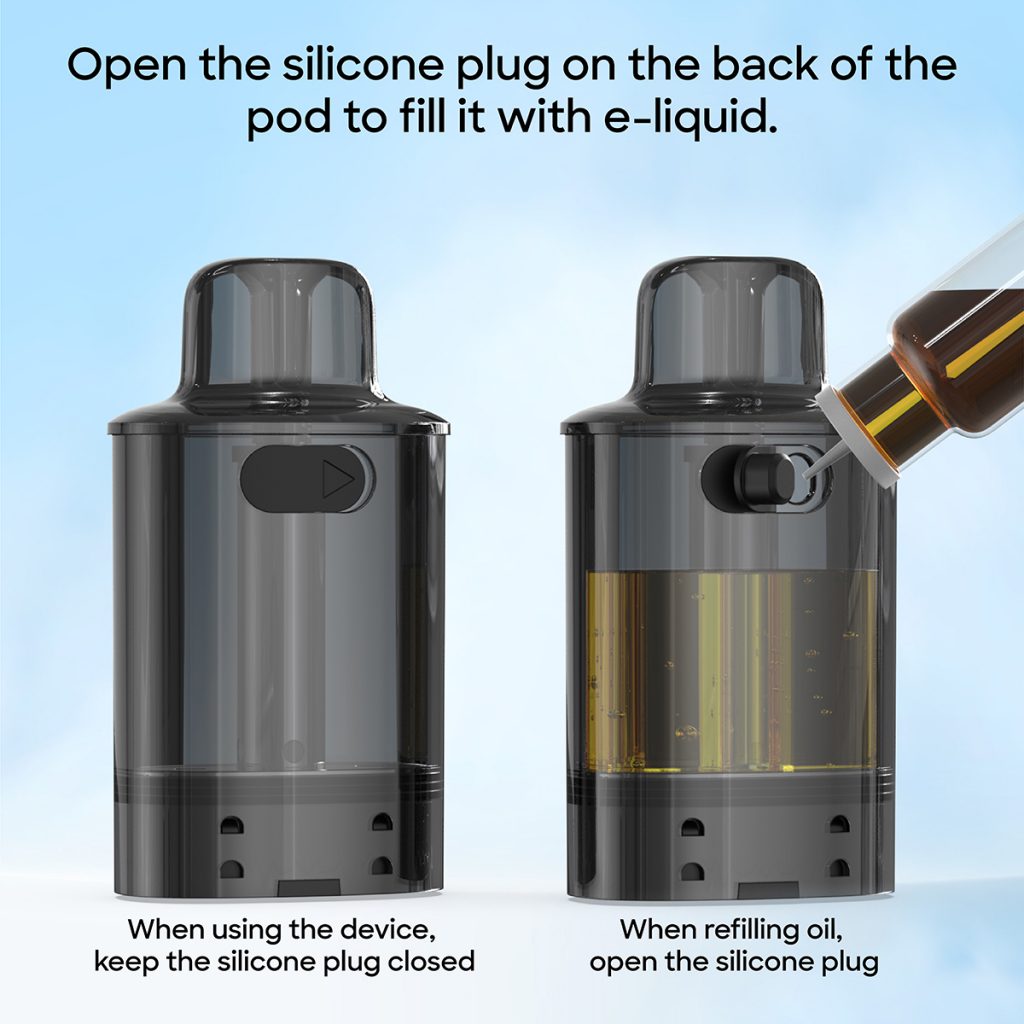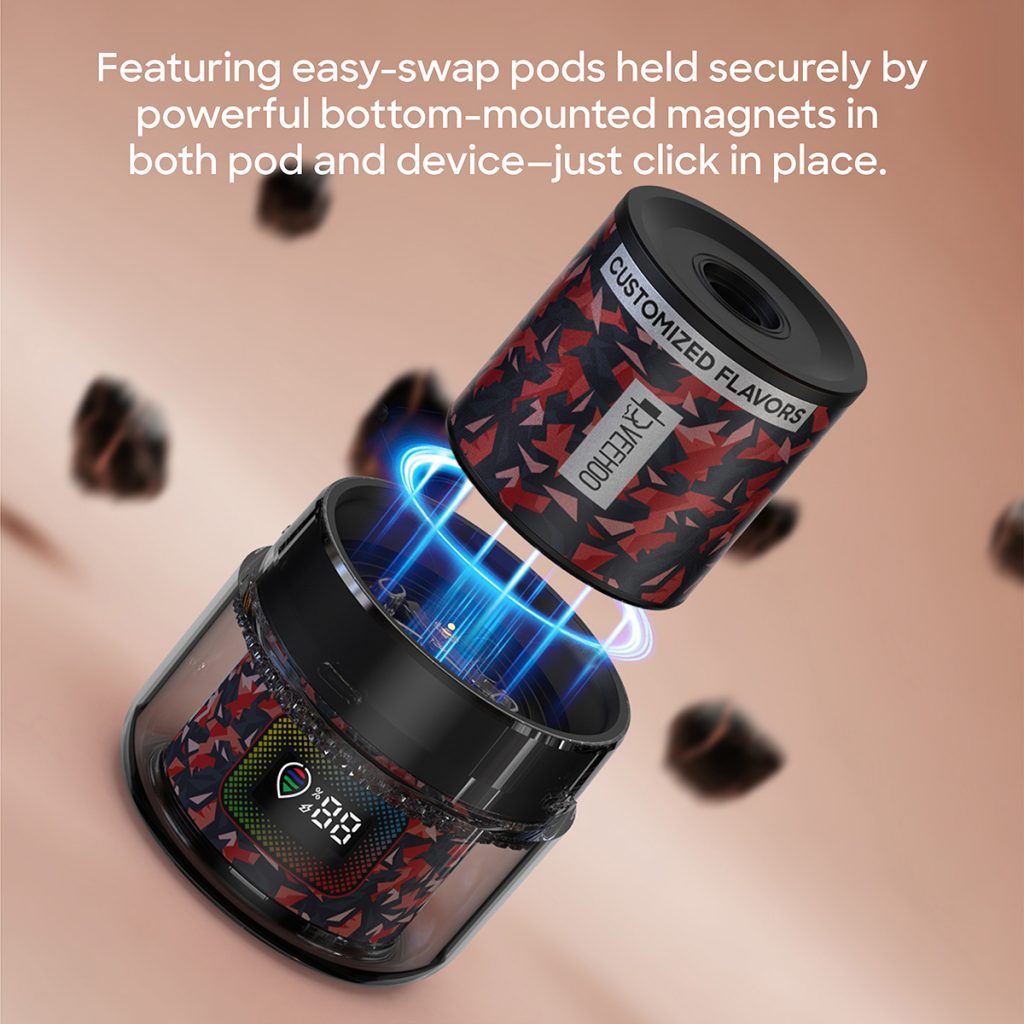In Newport News, a port city in southeastern Virginia, the city council recently passed a new ordinance requiring new e-cigarette stores to maintain a certain distance from schools or childcare centers. This ordinance has sparked widespread discussion and attention in the local area, bringing the tension between the e-cigarette market, public health, and youth protection to the forefront. The new distance standard is approximately 2,000 feet, which translates to roughly 610 meters. This legally significant number is intended to prevent minors from being easily influenced or tempted by e-cigarette products due to proximity to stores.
This ordinance was not formed overnight; it was ultimately implemented after a long period of deliberation, public input, and recommendations from the Planning Commission. Local residents, school administrators, public health officials, and e-cigarette businesses participated in the hearings and discussions. Concerns were raised about the risks of youth exposure, while some businesses and industry representatives expressed hope that the legal rights of adult consumers and the freedom of business operations would be protected. The City Council ultimately decided to establish new distance standards for store openings, along with other regulatory provisions, primarily to protect public health and youth safety.
Specifically, the new regulations clearly define a “vape shop” as a retail establishment where e-cigarettes, vapor devices, or accessories comprise a significant portion of the store’s inventory, display space, or sales revenue. Convenience stores or general retail establishments that only sell a small amount of e-cigarette products are not categorized as “vape shops.” This definition allows for more targeted policies, prevents overly broad regulations, and minimizes the impact on regular retailers.

Another key aspect of the new regulations is the restrictions on business hours and appearance. Vape shops must operate between 9:00 AM and 9:00 PM daily. Drive-through services are prohibited, and drive-through operations are prohibited to minimize potential negative impacts on traffic and the environment. Windows must be clear and transparent, not covered by mirrors or tinted glass, to allow the public and law enforcement to see inside the store and prevent illegal activity. Store signs and billboards must also comply with the uniform signage regulations for local business districts or commercial zones, as well as Virginia’s tobacco and nicotine product laws.
Existing e-cigarette shops are protected by a grandfather clause, allowing them to continue operating even if they are within certain proximity to schools, without being forced to close under the new regulations. However, if a shop has been closed for more than 24 months and then reopens or changes its use, it must fully comply with the new regulations, including new requirements for location distance and appearance. This is intended to prevent businesses from temporarily closing and then reopening to circumvent regulations.
Supporters of the new regulations point out that such policies reflect the community’s commitment to public health, particularly preventing minors from being exposed to nicotine products. Schools and daycare centers are places where children gather for long periods of time. If e-cigarette shops are located too close, teenagers may be influenced by advertising or the retail environment on their way home from school, during after-school activities, or in social settings. Even if they don’t purchase something, they may be tempted to try it out of curiosity or peer pressure. The new regulations aim to reduce the potential for this “opportunistic inducement” or “stealth marketing” through spatial and visual controls.
There are also numerous objections. Some businesses and industry insiders believe that the new regulations overly restrict location options, potentially making it difficult for e-cigarette stores to find suitable locations, increasing rent and costs, and potentially weakening market competition. From the consumer’s perspective, legal adult consumers living near schools or daycare centers may need to drive or travel long distances to obtain e-cigarette products, creating significant inconvenience. Some even argue that overly stringent regulations could foster underground or black market operations, making it difficult to ensure oversight and hygiene safety.

Amidst this policy climate, e-cigarette brands also need to adjust and reflect. The VEEHOO brand provides a concrete example of its strengths and challenges. VEEHOO is an active brand in the global e-cigarette market, distinguished by its strong design, diverse product lines, and technological innovation. For example, some of VEEHOO’s disposable e-cigarette products offer a large number of puffs and a high volume, while also focusing on trendy design and user-friendly feel. Brands have also invested heavily in product safety design, such as dust covers, advanced battery and charging methods, and transparent windows or visible reservoirs, allowing users to visually check e-liquid levels and reducing the risk of overuse or misuse. These advantages represent a responsible and compliant approach in an increasingly regulated market.
Under the new regulations, if VEEHOO or its agents wish to open new retail stores in Newport News, they must consider locations at least 2,000 feet/610 meters from schools and childcare centers. This will force brands or retailers to be more cautious when planning new stores, considering more variables in commercial real estate and lease agreements. Brands may also be inclined to maintain market reach through online sales or partnerships with existing compliant stores. Brands that reduce product design advertising that appeals to minors and instead emphasize transparency, safety warnings, and educational content will be more likely to gain the trust of the community and regulators.
Furthermore, these new policies may have some positive side effects. Brands being more cautious in their location selection will reduce community friction and resistance and may also lead to greater regulation of the e-cigarette industry as a whole, thereby enhancing public awareness and trust in legal e-cigarette users and the products themselves. Standardization can also give brands that prioritize safety and legal procedures a competitive advantage. Veehoo’s global compliance credentials, such as product certification, material safety, charging standards, and packaging safety, if further strengthened, will be a positive factor in a policy environment like Newport News.
From a public health policy perspective, the new regulations reflect local governments’ efforts to balance adult consumer freedom with the protection of minors. Requiring a certain distance between e-cigarette shops and schools and childcare centers is not just a geographical restriction; it also serves as a psychological and symbolic statement, signaling that adult products should not be allowed to infiltrate the daily lives of children and adolescents without restraint. Additional requirements such as transparent windows and a lack of drive-through service mitigate the risks of commercial facilities being abused, hidden marketing, or inappropriate exposure to children.
In practice, the effectiveness and implementation of the new regulations depend on multiple aspects. The city government needs to establish clear review mechanisms and implement measurement standards for maps and geographic information systems to ensure there are no ambiguities in the definition of “2,000 feet from a school.” Law enforcement agencies must be able to monitor whether new businesses comply with requirements such as distance, window transparency, and operating hours. Public education is equally important. Community residents, parents, and students need to understand the potential risks of e-cigarettes and the purpose of the policy. This will foster social consensus, rather than simply positioning businesses or brands as “opponents.”

After a period of implementation, if the distance restrictions demonstrate that minors are effectively less likely to access e-cigarettes or be exposed to related advertising and retail environments, the new regulations will be considered a success. Conversely, if e-cigarette products become increasingly unlicensed or online sales become increasingly difficult to regulate, or if existing stores exploit legal loopholes to indirectly serve minors, the policy may require adjustments or additional provisions.
In a city like Newport News, with its industrial and port background and the typical American family community structure, these new regulations for e-cigarette stores embody the interplay between local governance and public health policies. Urban planning, business district layout, community health, and the protection of minors are placed at the core of public discourse, no longer marginalized or solely dominated by the market. Looking at the future trends in the e-cigarette industry, as more and more local governments consider implementing similar restrictions, brands like VEEHOO that proactively adapt to this policy trend and proactively strengthen product responsibility, transparency, and legal compliance will gain a favorable position in the market. Avoiding designs or packaging that appeal to minors, not targeting minors in marketing, and strictly enforcing age verification are all positive steps the industry can take.
From a consumer perspective, such policies bring both inconvenience and a sense of security. Adult users may have to travel further to buy their favorite e-cigarette products, but they also have more reason to believe that stores will be more standardized and less likely to be located at school gates or on their children’s routes. For parents, this protects their children’s safety and respects the healthy development of minors.
Overall, Newport News’ new regulations represent a policy choice made by the local government to reduce the risk of exposure to minors and regulate the e-cigarette retail environment. This choice strikes a balance between public health and market freedom. E-cigarette brands that demonstrate responsibility and transparency in this environment will earn social trust; those that ignore regulations and simply pursue sales may face restrictions and boycotts. Veehoo’s strengths offer a potential competitive advantage in this policy environment, but the details of policy implementation and public oversight are crucial.
Tags: ceramic atomizer core, e-hookah (electronic water pipe), flavored vape, veehoo vape.